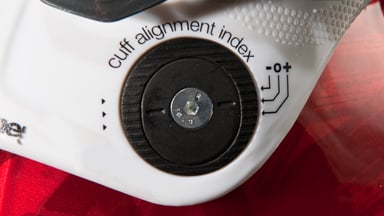My life changed in 1972 when I got a pair of Henke Strato boots with foam injected liners. The boot tech canted my boots, a lot. My skiing improved instantly.
What do others think about canting? Inside the boot or outside? What about custom insoles? Special liners like Intuition? Fore and aft balancing?
What do others think about canting? Inside the boot or outside? What about custom insoles? Special liners like Intuition? Fore and aft balancing?










